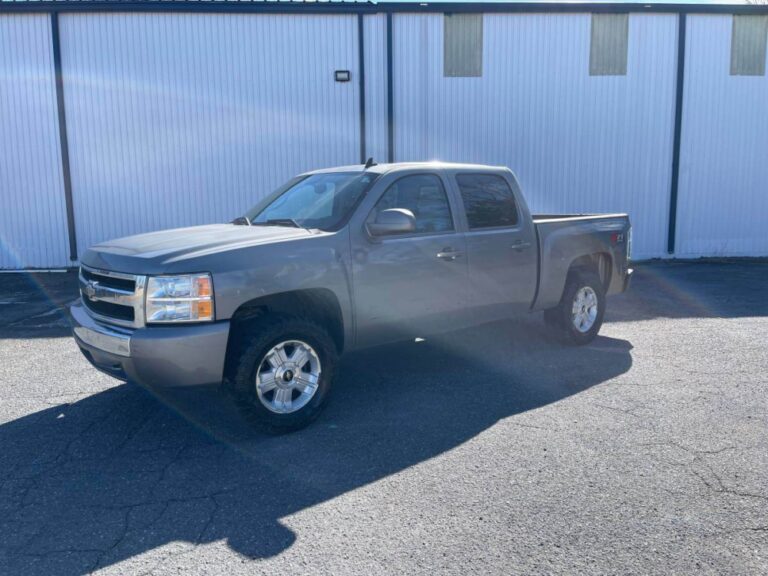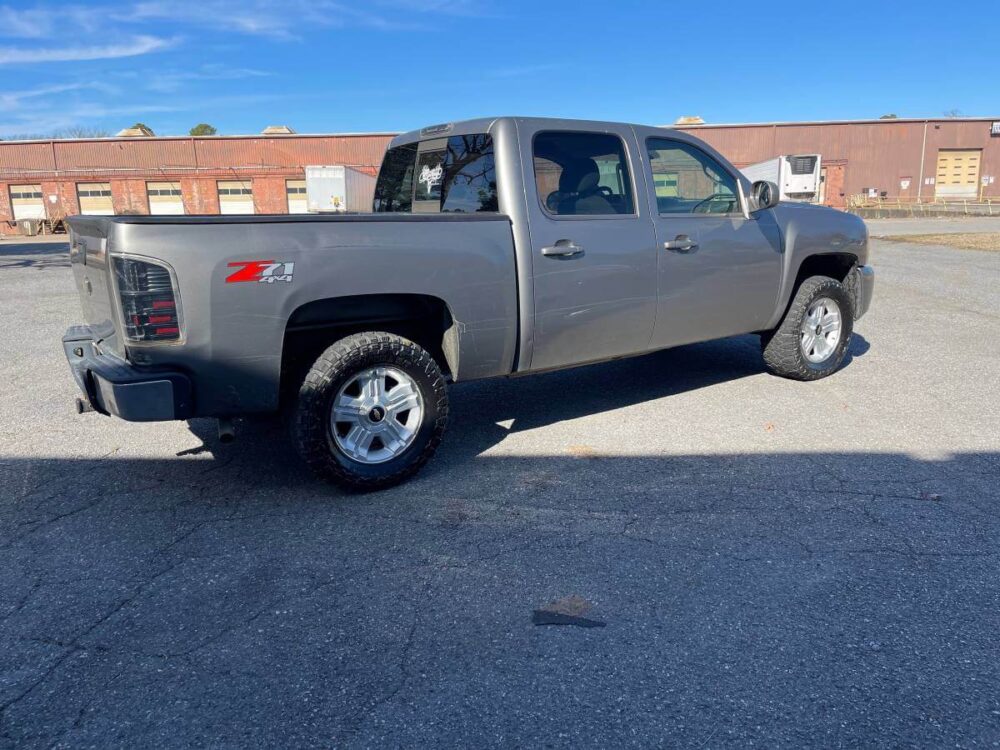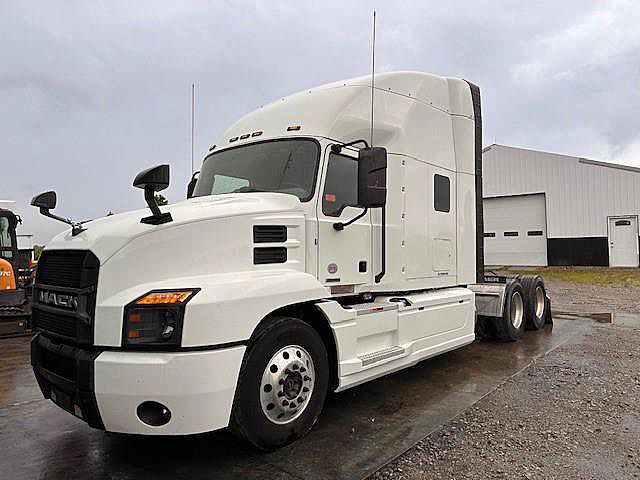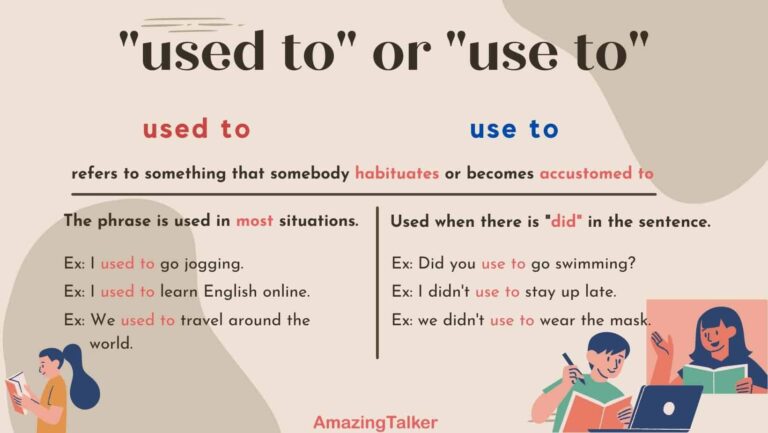The $5,000 Workhorse: Unearthing Value in Used Chevy Trucks

The $5,000 Workhorse: Unearthing Value in Used Chevy Trucks
The rumble of a V8, the unmistakable silhouette of a classic American pickup, the promise of utility and rugged reliability – for many, owning a truck is more than just a convenience; it’s a statement. But in an era of soaring vehicle prices, the dream of a capable pickup can seem out of reach. Enter the world of used Chevy trucks under $5,000. It’s a challenging landscape, fraught with potential pitfalls, but for the discerning, patient, and mechanically-inclined buyer, it holds the promise of uncovering a true workhorse, a dependable companion for hauling, towing, or simply cruising, without breaking the bank.
This isn’t about finding a showroom-condition, low-mileage gem. For under five grand, you’re looking at a vehicle that has lived a life, likely accumulated significant mileage, and wears its history on its sheet metal. What you can find, however, is a testament to Chevrolet’s enduring engineering: a solid frame, a durable drivetrain, and a simplicity that makes maintenance and repairs more accessible to the average owner. This article will serve as your comprehensive guide to navigating the under-$5,000 used Chevy truck market, from identifying suitable models to conducting thorough inspections and ensuring your budget buy becomes a lasting asset.
The Enduring Appeal: Why Hunt for a Budget Chevy Truck?
Before diving into the specifics of the hunt, it’s worth understanding why these older, more affordable Chevy trucks continue to attract buyers:
- Unbeatable Value and Utility: For less than the down payment on many new vehicles, you can acquire a highly functional machine capable of tasks that sedans and SUVs simply can’t handle. Hauling lumber, moving furniture, towing a small boat or trailer, or tackling off-road adventures – these trucks are built for work and play.
- Robust Engineering: Chevrolet, particularly in its trucks from the late 1980s through the early 2000s, built vehicles with a focus on durability and simplicity. Many of these models feature legendary small-block V8 engines (like the 350 cubic inch/5.7L or the later Vortec 5.3L and 4.8L) and sturdy transmissions (like the 4L60E or 4L80E) that, with proper maintenance, can easily exceed 200,000 or even 300,000 miles.
- Ease of Maintenance and Repair: Unlike modern trucks laden with complex electronics, many older Chevy pickups are refreshingly straightforward. Common repairs can often be tackled by a DIY enthusiast with basic tools and a service manual. Parts are widely available and relatively inexpensive, thanks to the sheer volume of these trucks produced.
- Classic Appeal and Customization: Models like the GMT400 series (1988-1998 C/K 1500, 2500, 3500) and even early GMT800 Silverados (1999-2006) have developed a cult following. Their timeless design, combined with a vast aftermarket for parts and accessories, makes them excellent platforms for customization, restoration, or simply keeping a rugged, original look.
- Lower Overall Cost of Ownership: Beyond the purchase price, older trucks often have lower insurance premiums and less depreciation than newer vehicles. While fuel economy won’t be their strong suit, the overall cost of keeping one on the road can be surprisingly low if you’re proactive with maintenance.
What to Expect for Under $5,000: Realism is Key
Let’s set realistic expectations. For under $5,000, you’re not getting a garage queen. You’re likely looking at:
- Age: Most trucks in this price range will be from the late 1980s to the early 2000s. Occasionally, you might find a later model S-10 or Colorado, but generally, expect a vehicle that’s 15-30+ years old.
- Mileage: High mileage is almost a given, often well over 150,000 miles, and frequently pushing past 200,000 or even 250,000 miles. This isn’t necessarily a deal-breaker for a well-maintained Chevy, but it underscores the importance of a thorough inspection.
- Condition: Expect cosmetic imperfections. Dents, dings, scratches, faded paint, and some level of rust (especially in northern climates) are common. The interior might show wear and tear, such as torn seats, cracked dashboards, or missing trim pieces.
- Common Models:
- GMT400 Series (1988-1998 C/K 1500/2500/3500): These are arguably the sweet spot for this budget. They are robust, simple, and parts are abundant. Look for the 5.7L (350ci) V8, which is a workhorse.
- Early GMT800 Series (1999-2006 Silverado/Sierra 1500): While often starting slightly above $5,000, diligent searching can unearth early models or higher-mileage examples within budget. The 4.8L, 5.3L, and 6.0L Vortec V8s are excellent engines.
- S-10/Sonoma (1994-2004): If you need a smaller truck, the S-10 is a great option. The 4.3L V6 is a very reliable engine, and these trucks are nimble and fuel-efficient for their class.
- Early Colorado/Canyon (2004-2006): Less common in this price range, but possible. Look for the 5-cylinder engine.
- Potential Issues: Be prepared for the possibility of minor mechanical issues, deferred maintenance, or worn-out components that will need attention shortly after purchase. This is where your post-purchase budget comes in.
Where to Hunt for Your Budget Chevy
The search for a sub-$5,000 Chevy truck requires patience and casting a wide net.
-
Online Marketplaces (Best Bet):
- Facebook Marketplace: Often the most dynamic source, with new listings appearing constantly. Good for local private sellers. Be prepared for quick responses and potentially high competition.
- Craigslist: Still a viable option, especially for private sellers who prefer traditional listings. Use specific search terms like "Chevy truck," "Silverado," "C1500," "K1500," etc.
- OfferUp/LetGo (now merged): Similar to Facebook Marketplace, focusing on local sales.
- AutoTrader/Cars.com (Filter by Price): While these sites cater more to dealerships, you can filter by price to find lower-end listings, sometimes from small independent lots.
- eBay Motors: Primarily for higher-end or specialty vehicles, but sometimes local private sellers list here.
-
Small, Independent Used Car Lots: These dealers often specialize in older, more affordable vehicles. They might have done some basic reconditioning, but their prices might be slightly higher than private sellers. Inspect these thoroughly, as "as-is" sales are common.
-
Local Classifieds & Word-of-Mouth: Don’t underestimate the power of community. Check local newspapers, bulletin boards at hardware stores, and simply tell friends, family, and mechanics that you’re looking. Sometimes the best deals are found before they hit the internet.
-
Auctions: Public auto auctions (often impound lots, government surplus, or dealer liquidations) can offer incredible deals. However, this is for experienced buyers. Vehicles are sold "as-is, where-is," often without the ability to test drive or perform a thorough inspection beforehand. You need to know exactly what you’re looking for and be prepared for potential hidden issues.
The Critical Inspection: Your Most Important Step
This is where you earn your $5,000. Never buy a truck without a thorough inspection and test drive. If you’re not mechanically inclined, bring a knowledgeable friend or, better yet, arrange for a pre-purchase inspection by a trusted mechanic (even if it costs $100-$200, it can save you thousands).
A. Pre-Inspection Questions (Before you even see the truck):
- Why are you selling it?
- How long have you owned it?
- Do you have maintenance records?
- What are its known issues (check engine light, leaks, noises)?
- Has it been in any accidents?
- Is the title clean and in your name?
B. Exterior Inspection:
- Frame: This is paramount. Get underneath the truck (safely!) with a flashlight. Look for excessive rust, especially perforations, cracks, or previous repair welds that look shoddy. The frame is the backbone; if it’s compromised, walk away.
- Body Rust: Common areas for rust include:
- Rocker panels (below the doors)
- Cab corners (where the cab meets the bed)
- Wheel wells (especially around the lip)
- Bed floor and sides
- Tailgate
- Around windshield and rear window seals
- Minor surface rust is expected; bubbling paint, holes, or structural rust is a red flag.
- Panel Alignment: Check gaps between body panels. Uneven gaps or mismatched paint could indicate previous accident damage.
- Tires: Check tread depth and evenness of wear. Uneven wear can signal alignment issues or suspension problems. Look for dry rot on the sidewalls (cracks) – old tires are dangerous.
- Lights and Glass: Ensure all lights (headlights, tail lights, turn signals, brake lights) work. Check for cracks in the windshield or other glass.
- Underneath (General): Look for obvious fluid leaks (oil, coolant, transmission fluid, power steering fluid).
C. Under the Hood:
- Fluid Levels and Condition:
- Engine Oil: Pull the dipstick. Look for proper level and color. Black is okay, but milky (coolant contamination) or gritty is bad.
- Coolant: Check the reservoir. Look for proper level and color (green, orange, or pink depending on type). Brown, sludgy, or oily coolant indicates problems.
- Transmission Fluid: Check level (usually with the engine running and warm). It should be red or pink and smell sweet, not burnt brown or black.
- Brake Fluid & Power Steering Fluid: Check levels and clarity.
- Engine Sounds: With the engine cold, listen to it start. Listen for:
- Knocks, ticks, or persistent tapping: Could indicate serious internal engine wear (lifters, rod bearings).
- Squealing: Belts.
- Hissing: Vacuum leaks.
- Exhaust Smoke:
- White smoke: Normal on cold start (condensation), but persistent white smoke could be a head gasket issue.
- Blue smoke: Burning oil.
- Black smoke: Running rich, often fuel system related.
- Belts and Hoses: Check for cracks, fraying, or bulging.
- Battery: Look for corrosion on the terminals.
- Wiring: Check for chewed wires or shoddy repairs.
D. Interior Inspection:
- Warning Lights: Turn the key to the "on" position (before starting). All warning lights should illuminate and then extinguish after starting (except for the parking brake if engaged). A "Check Engine Light" (CEL) or "Service Engine Soon" (SES) light that stays on is a major red flag – always get the codes read.
- Seats, Carpet, Headliner: Assess wear, tears, and stains. A very clean interior might indicate a well-cared-for truck, or it could be masking deeper issues.
- HVAC: Test the heater and air conditioning. Do all fan speeds work? Does it blow hot and cold?
- Electronics: Test the radio, power windows, power locks, wipers, and all dashboard gauges.
- Smells: Any lingering odors of mildew, smoke, or burning oil/coolant?
E. The Test Drive (Crucial!):
- Cold Start: Always try to see the truck when it’s cold. This reveals many issues.
- Engine Performance: Does it start easily? Does it idle smoothly? Accelerate normally – does it feel sluggish, hesitate, or misfire?
- Transmission: Pay close attention to shifts. They should be smooth and firm, not harsh, clunky, or delayed. Listen for slipping (engine revs without corresponding acceleration). Test reverse.
- Brakes: Do they feel firm? Does the truck pull to one side? Any grinding, squealing, or pulsation through the pedal?
- Steering: Is there excessive play in the steering wheel? Does the truck wander on the road? Listen for groaning noises during turns (power steering pump).
- Suspension: Drive over some bumps. Listen for clunks, squeaks, or excessive bouncing.
- Alignment: Does the truck track straight with the steering wheel centered?
- Noises: Listen for any unusual noises during acceleration, braking, turning, or going over bumps.
F. Professional Pre-Purchase Inspection (Highly Recommended):
If you’re serious about a particular truck, invest in a professional pre-purchase inspection by a mechanic you trust. They have lifts, diagnostic tools, and expertise to spot issues you might miss. This small investment can save you from buying a money pit.
Negotiation and Purchase
Once you’ve found a promising candidate, it’s time to negotiate.
- Be Prepared to Walk Away: This is your strongest negotiating tool. There will always be other trucks.
- Highlight Flaws: Use any issues you found during your inspection (cosmetic or mechanical) to justify a lower offer.
- Research Market Value: Use online resources like Kelley Blue Book (KBB.com) or Edmunds.com to get a sense of fair market value for similar models in your area, adjusting for condition and mileage.
- Offer Below Asking Price: Unless the truck is severely underpriced, always offer less than the asking price. Start lower than you expect to pay, leaving room to negotiate upwards.
- Cash is King: Having cash in hand can often give you leverage with private sellers.
- Paperwork: Ensure the seller has the clean title in their name and that all VINs match. Get a bill of sale detailing the vehicle, purchase price, and "as-is" condition. Verify the odometer reading is accurate (or noted as "not actual mileage" if applicable).
Post-Purchase: Getting Your Workhorse Ready
Congratulations! You’ve bought your budget Chevy truck. Now, it’s time to make it truly yours and ensure its longevity.
- Immediate Maintenance: Assume nothing was recently done. Prioritize:
- Oil and Filter Change: Use the recommended oil type.
- Air Filter and Fuel Filter: Inexpensive, but crucial for performance and fuel economy.
- Spark Plugs and Wires: Can dramatically improve performance and efficiency.
- Transmission Fluid and Filter: If you don’t know when it was last done.
- Coolant Flush: Refresh the cooling system.
- Brake Inspection: Check pads, rotors, and fluid. Replace if necessary.
- Tire Rotation and Balance: Or new tires if the existing ones are old/worn.
- Serpentine Belt: Check for cracks and wear.
- Hoses: Radiator and heater hoses are common failure points on older vehicles.
- Address Issues Found During Inspection: Tackle any minor issues you identified during the pre-purchase inspection. Prioritize safety-related items first (brakes, steering, lights).
- Detailing: A thorough cleaning, inside and out, can make the truck feel new to you and help you spot any hidden issues you missed.
- Registration and Insurance: Don’t forget these essential steps before driving your new-to-you truck.
Conclusion
The quest for a used Chevy truck under $5,000 is not for the faint of heart. It demands diligence, a critical eye, and a willingness to get your hands dirty. You’re not just buying a vehicle; you’re often inheriting its history, its quirks, and the potential for a rewarding project.
However, for those willing to put in the effort, the reward is substantial: a genuinely capable, American-made workhorse that can tackle tough jobs, serve as reliable daily transport, or simply provide the satisfaction of owning a piece of automotive heritage, all without requiring a second mortgage. With realistic expectations, a comprehensive inspection strategy, and a commitment to ongoing maintenance, your budget-friendly Chevy truck can prove to be one of the smartest investments you’ll ever make. The open road, and the open bed, await.


